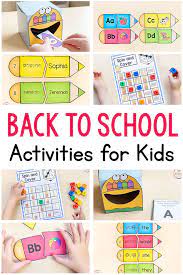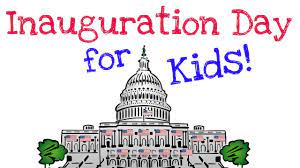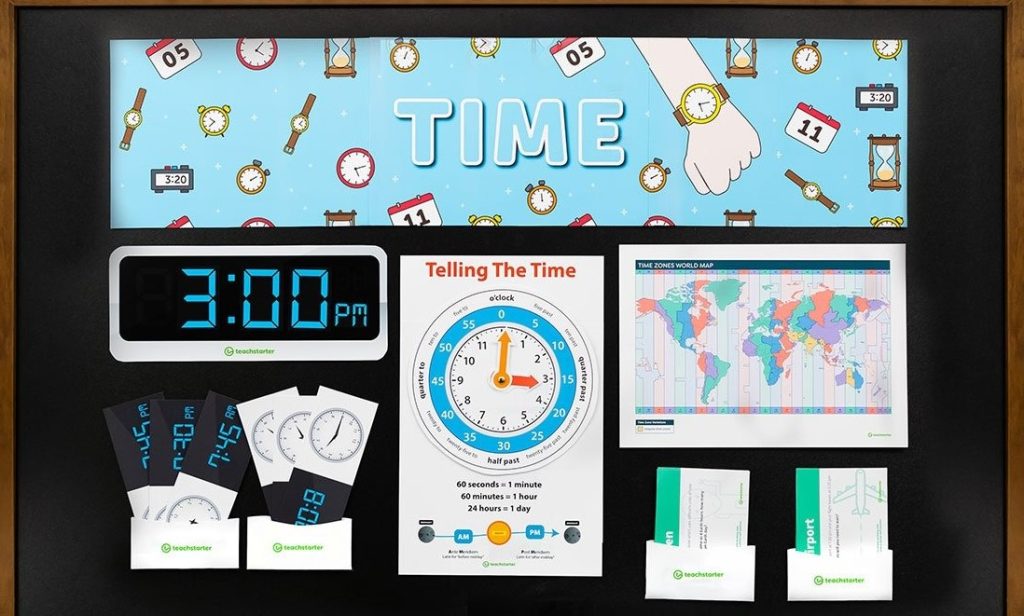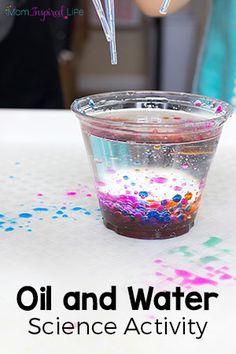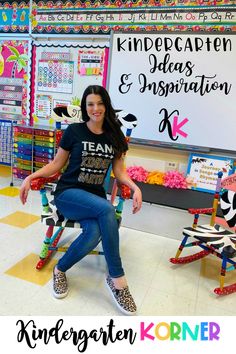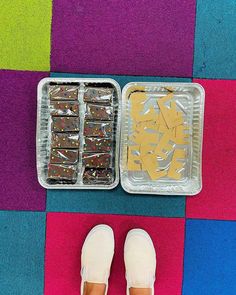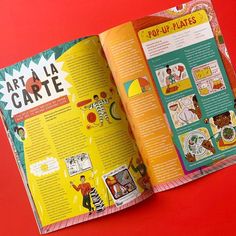As summer ends and the new school year beckons, educators from preschool to middle school gear up for the return of eager young minds. This period marks a fresh start for both teachers and students, and engaging back-to-school activities are essential for setting a positive tone. Here are creative and educational activities tailored to the needs of different education levels.
Preschool:
1. All About Me Boxes: Encourage children to fill a small box with items that represent their personalities and interests. This activity is excellent for show-and-tell and helps kids to introduce themselves to their peers.
2. Classroom Scavenger Hunt: Create a scavenger hunt that helps children familiarize themselves with the classroom layout and materials. Items on the hunt can include a favorite book, puzzle piece, or a nap mat.
3. Color Day: Choose a color for each day during the first week and incorporate activities related to that color. This could involve wearing clothes in that color, bringing objects from home, or enjoying snacks of that hue.
Elementary School:
1. Time Capsule: Have students bring in an item they would like to remember about their life right now. Place these items in a container to be opened at the end of the school year.
2. Goal Setting Tree: On a bulletin board, create a tree where each leaf represents a goal set by a student for the year. It’s visual growth mindset encouragement.
3. Getting-to-Know-You Bingo: Create Bingo cards with various statements like “has been on an airplane,” “has a pet fish,” etc., prompting students to find classmates who match the descriptions.
Middle School:
1. Interview Introductions: Pair students up and have them interview each other before presenting their partners to the class. It’s an excellent way for them to practice listening and speaking skills while learning about their peers.
2. Dream Board Projects: Have middle-schoolers create visual representations of their aspirations using magazines, photos, drawings, or even digital platforms.
3. Collaborative Classroom Contract: Involve students in creating classroom norms by drafting a collaborative contract that everyone signs, promoting ownership and accountability for their learning environment.
Reflected in these activities is an understanding that back-to-school time is not merely about setting academic expectations; it’s also about building community, fostering relationships, and nurturing students’ emotional well-being—crucial components in effective education at any level.
